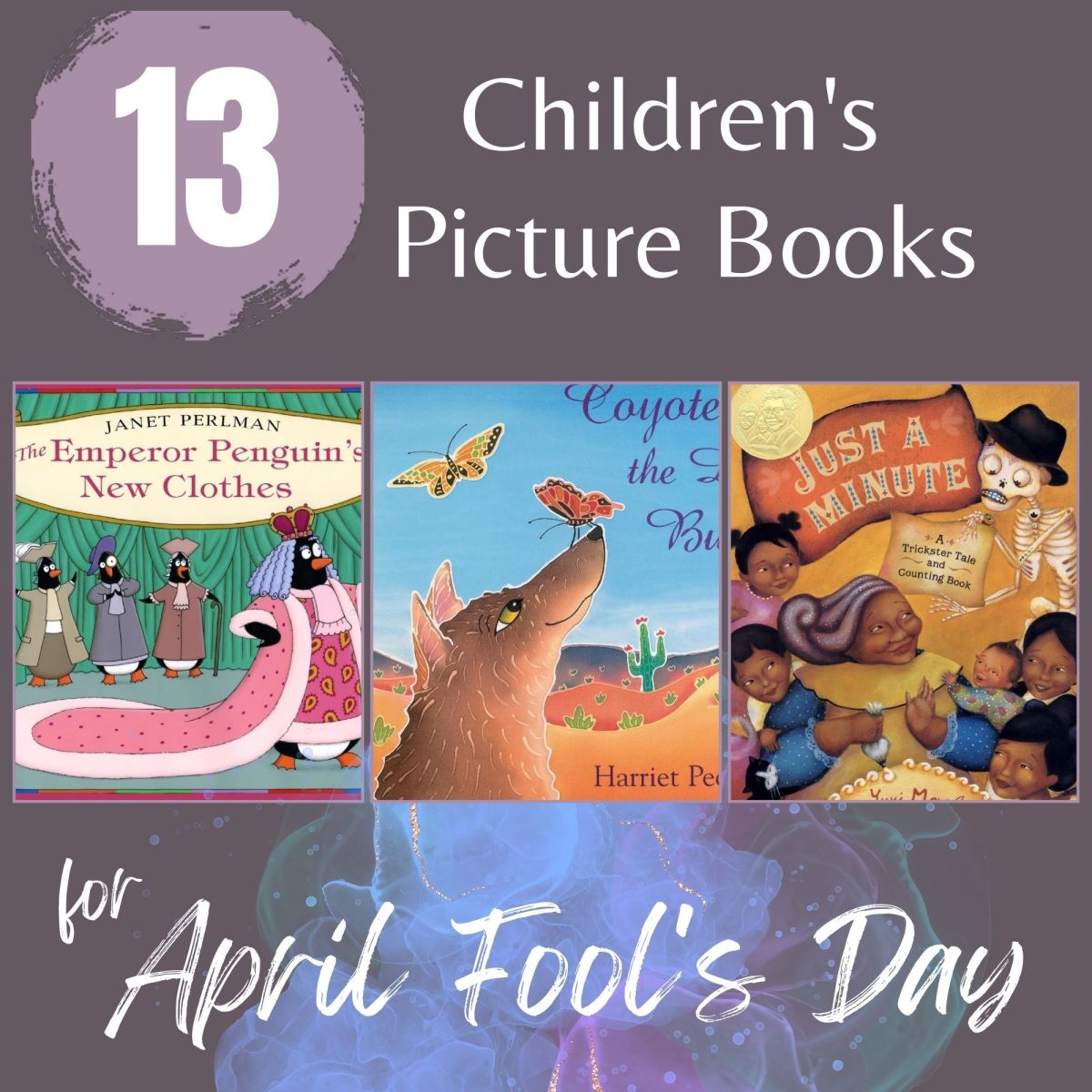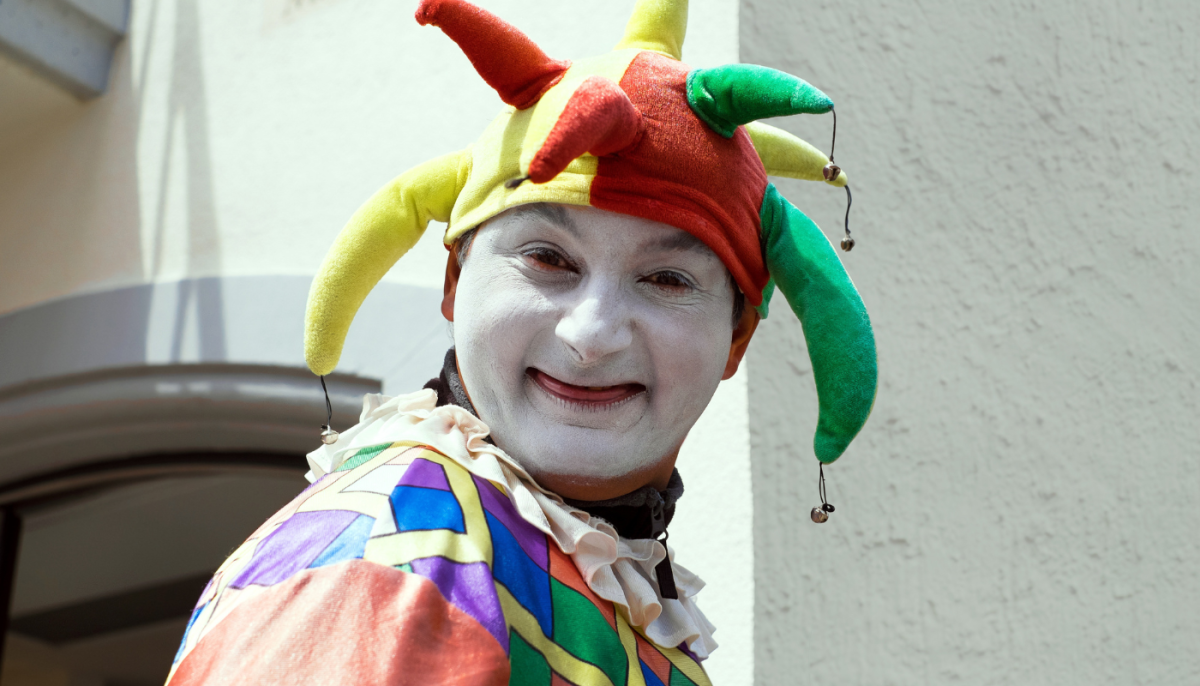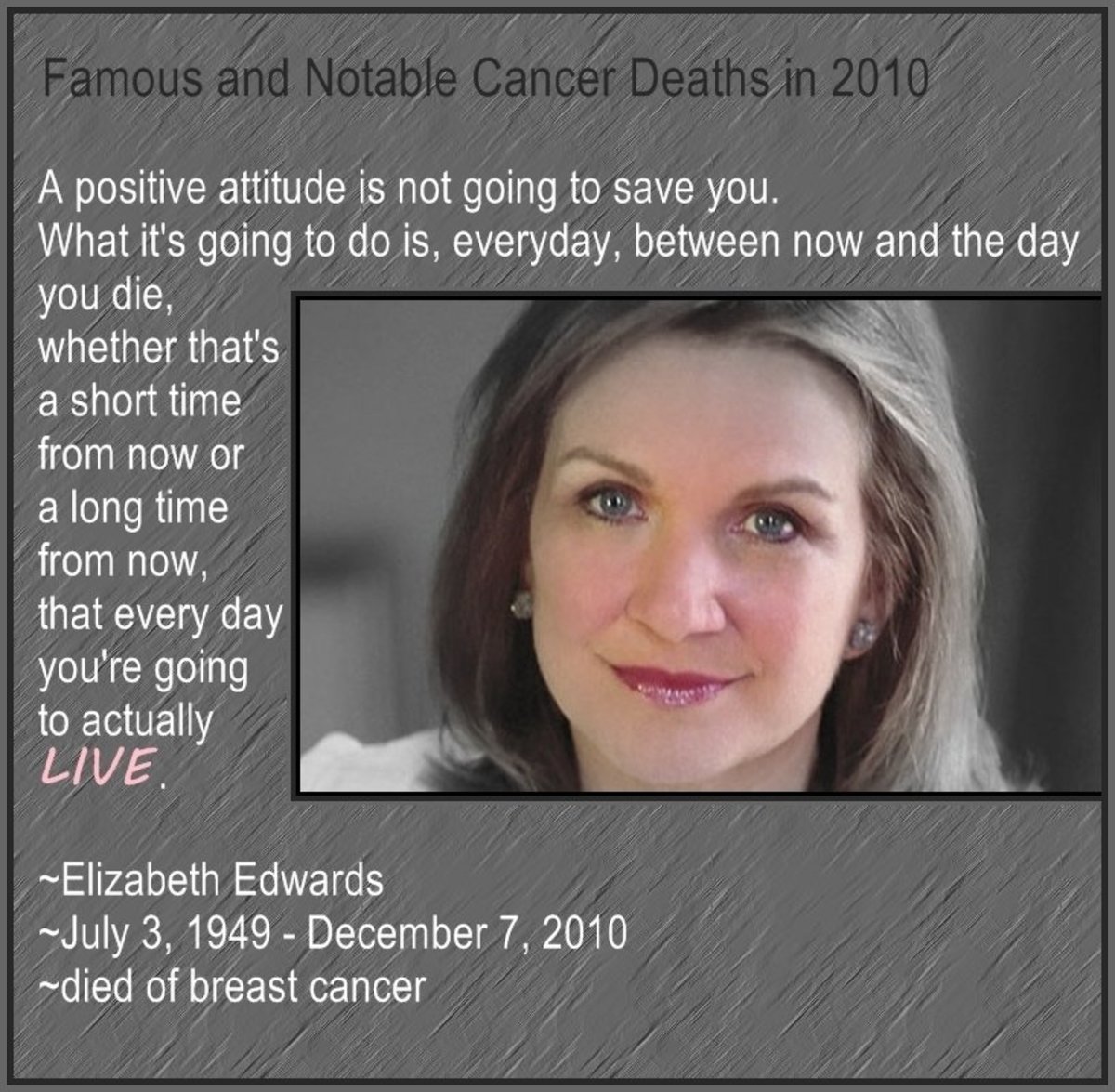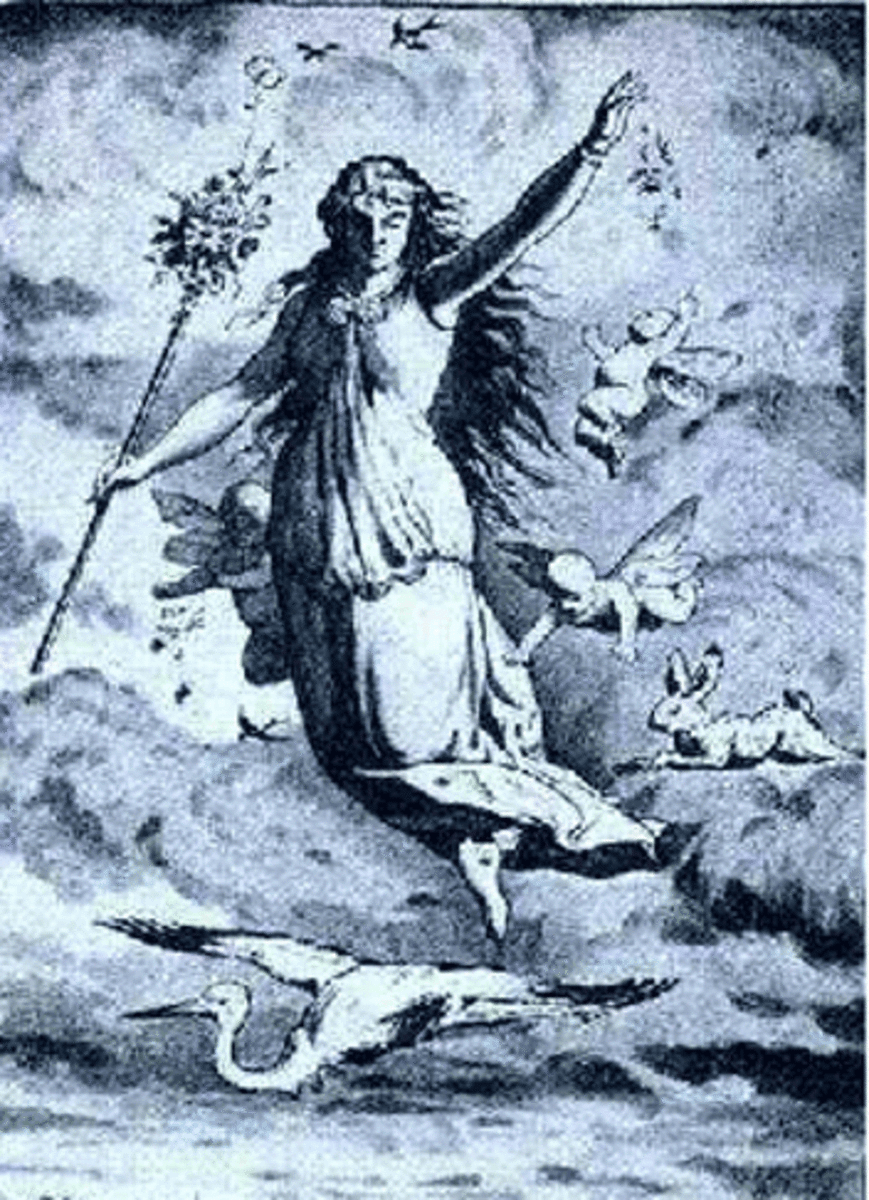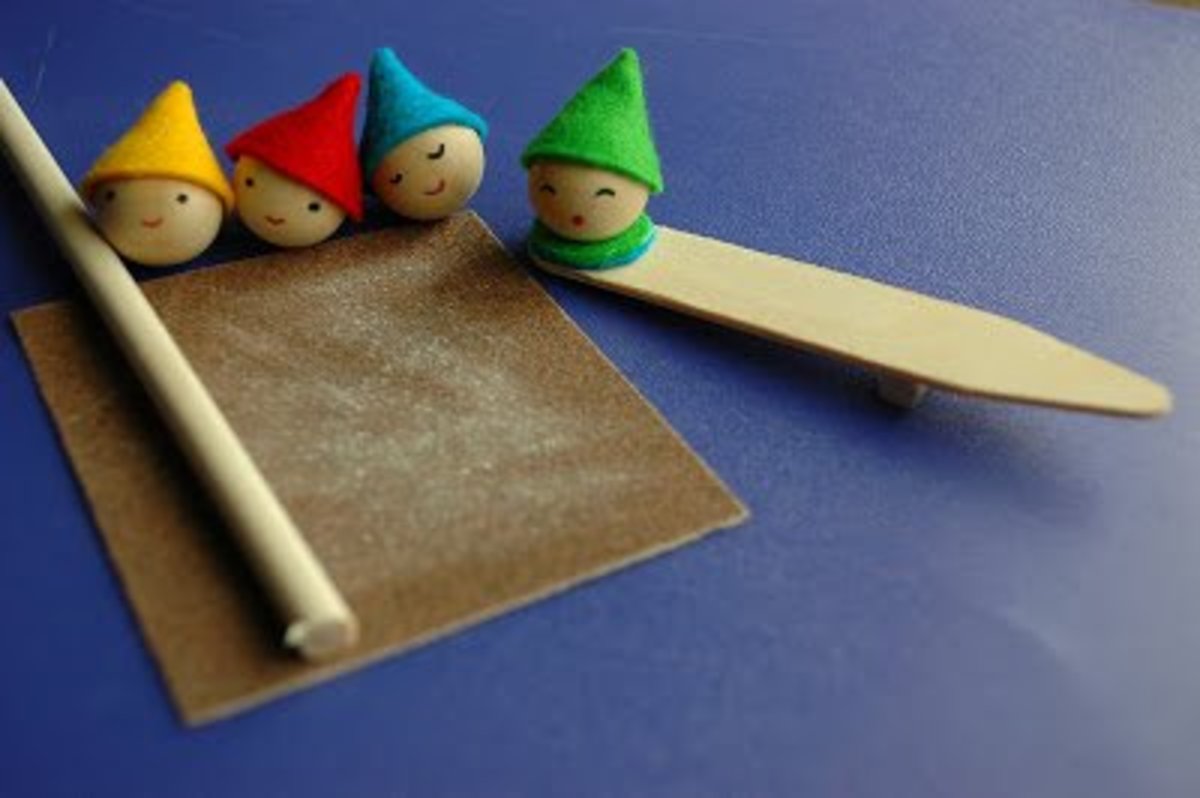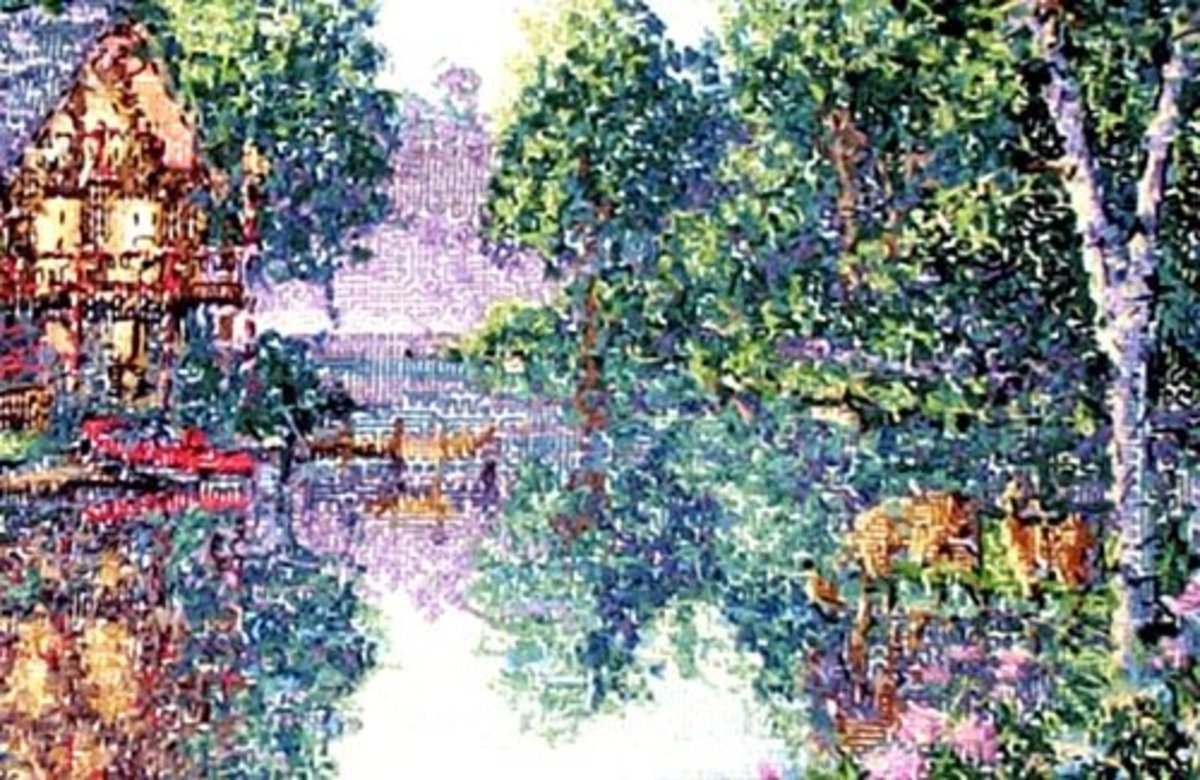Make a Crown for April Fools Day
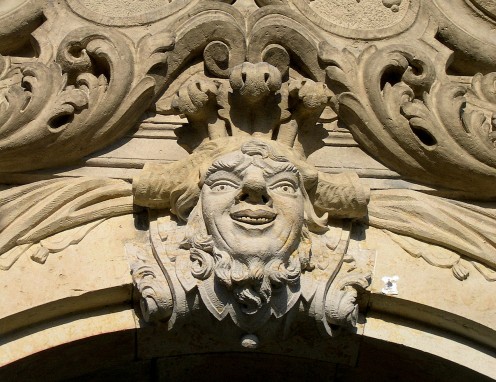
A nicer way of celebrating
One year on April Fool's day several children came to the After-School Tuition Centre where I work carrying delightful fool's crowns.
I was impressed that a teacher had taken the time to adapt a craft idea which turned a day traditionally associated with practical jokes bordering on the mean, to a day of celebration where every child was a king.
In an effort to promote that spirit of goodwill, I have developed a pattern and method for the crowns which I will share on this hub.
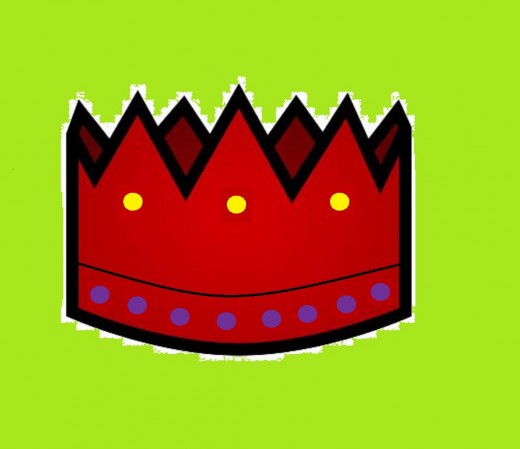
Not so nice pranks
April Fool's day was a day to be mildly feared when I was at school. Jokes ranged from "your shoe laces are untied" which made you a fool if you looked down, to the more macabre and embarrassing.
Everyone secretly sighed with relief when midday passed and they were "safe". A few well deserved chuckles were had when someone played a trick after midday, thus making themselves the "fool".
Origins of April Fools
There are several theories regarding the way April Fools originated.
At school I was told the theory that when the New Year Celebration in England was changed from the 1st of April to the 1st of January, people who continued to celebrate the First of April and were called "April Fools".
This theory appeals, but is a little hard to pin down.
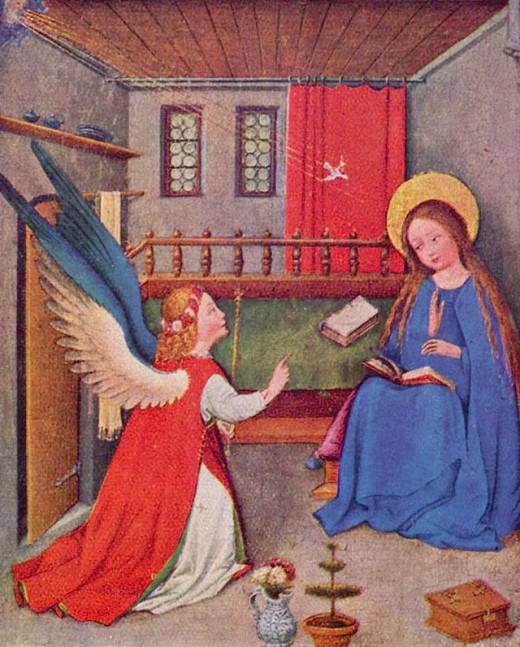
1) The New Year changed from Lady Day to January 1
The Roman (Julian) calendar used January 1, and so did the ensuing Gregorian calendar launched in February 1582 by Papal Bull. The Gregorian calendar was adopted by most of the Catholic countries, but some outlying and protestant countries continued to use their own calendar.
Therefore, in England from the 1200s the Year began on Lady Day, which is thought to be March 25. This was the day the angel was thought to have told Mary she would become pregnant with Jesus. The English New Year was changed in 1751 to January 1 to create a convenient consistency with Europe. Lady Day is not April 1, but Microsoft Encarta suggests that when March 25 was the start of the year, the week-long festivities would end on April 1.
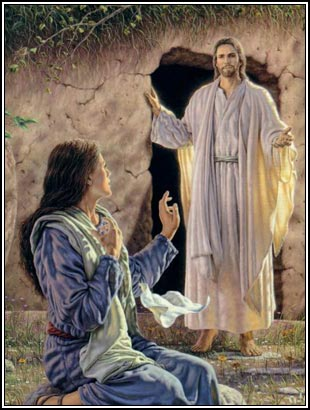
2) The New Year changed from Easter to January 1
Another theory regarding April Fool's Day was that it was connected to the French New Year, which coincided with Easter.
The Early Christian Church also commenced its year with a series of baptisms and confirmations every Easter.
As we all know, Easter can move around from late March to early April, but is usually found within that time frame.
3) Remembering Pagan celebrations of spring
As with many things associated with the Roman and medieval Church, the tradition of the "fool's day" may also have its roots in the pagan festivals celebrating spring in the northern hemisphere. This may appear as a conflict of interest to some, but does not bother me as secular cultural and religious events inevitably co-exist.
The vernal equinox (spring equinox) occurred late in March and was a time for decorating eggs and celebrating new growth and new birth.
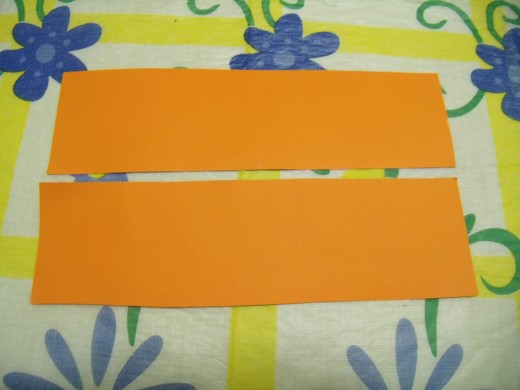
Crown Rim
1. Take a piece of brightly coloured card and cut two strips 30 cm in length and approx 8 cm in height. ( 11 3/4 inch x 2 1/2 inches)
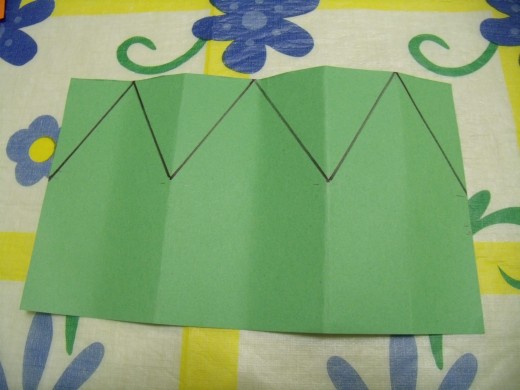
Crown Peaks
2. Take a piece of card in contrasting colour. Measure approx 25 cm (almost 10 inch) in length and 15 cm (or 6 inch) in height.
3. Make identical two pieces.
4. Fold one of the cards into 3 even portions along the length. These portions will be roughly 8 cm (or 2 1/2 inches).
5. Measure half way up the height - 7.5 cm (around 2 inches) and place marks either side of each fold.
6. Fold each third into halves again to find the centre of each portion. It is not necessary to make a strong crease, once the centre point is identified on the line you have identified as the top of the crown you can let the card relax.
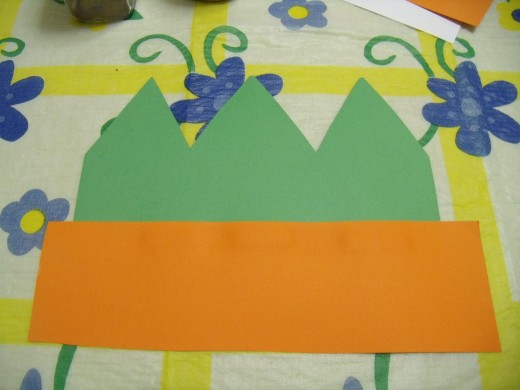
7. Place a dot in the top centre of each third of the crown.
8. Draw a diagonal line from the edge 7.5 cm mark sloping up toward the dot at the top centre of each third.
9. Draw a diagonal line sloping down from the top dot to the 7.5 cm mark on the other side of each third.
10. Cut along the lines to make the points of the crown.
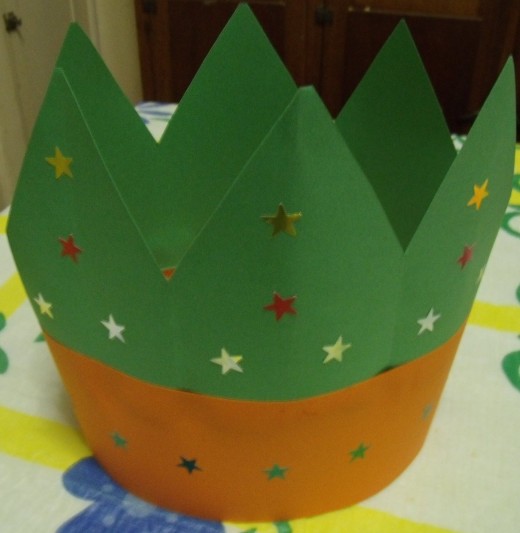
Construction
11. Glue the lower edge of the crown points to the top edge of the crown rim. Allow sufficient overlap for a strong join.
12. Set crown front to dry and repeat the procedure to construct the crown back.
13. When dry the crown may be decorated while flat.
14. Join crown front and back along the side edges of the rim.
References:
"April Fool's Day." Microsoft® Encarta®2006 [CD]. Microsoft Corporation, 2005
"Easter." Microsoft® Encarta®2006 [CD]. Microsoft Corporation, 2005.
http://en.wikipedia.org/wiki/Gregorian_calendar
http://en.wikipedia.org/wiki/Equinox
Stemp-Morlock, G. 2008 "April Fools' Day Mystery: How Did It Originate?", National Geographic Daily News, March 28, 2008 from http://news.nationalgeographic.com.au/news/2008/03/080328-april-fools/ accessed online 17-2-2013

